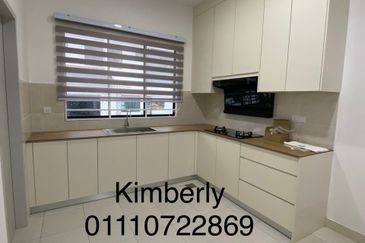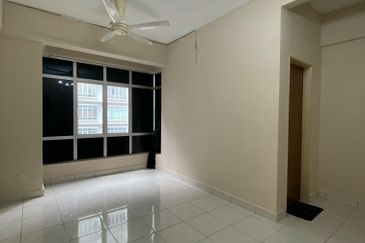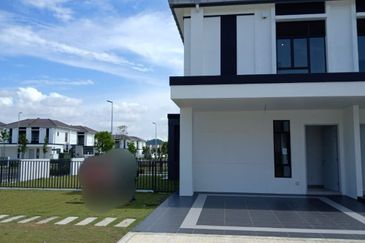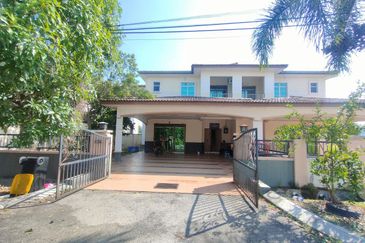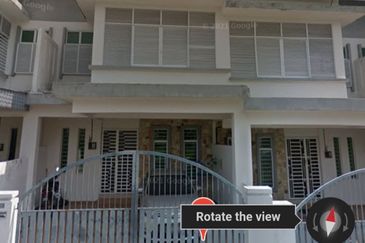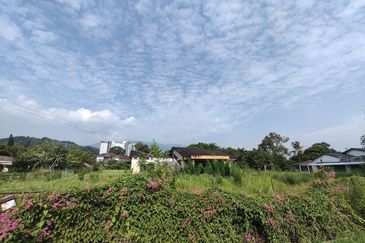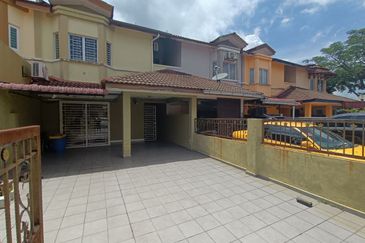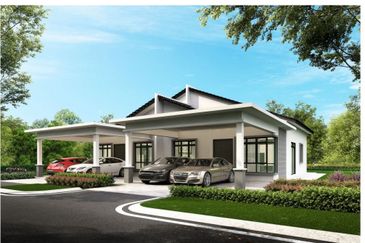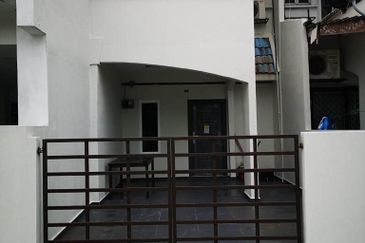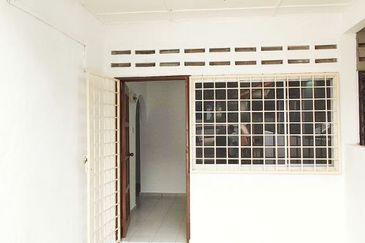
SINGAPORE (Nov 8): Commercial real estate transaction volumes in Asia Pacific fell by 1.1% in 3QFY16 to US$30.4 billion (S$42.2 billion) (RM127.7 billion), while development site sales fell 17% to US$76.3 billion.
According to findings by Real Capital Analytics, the marginal declines indicate that property investments are starting to stabilise following two consecutive quarters of decline.
However, the figures were disproportionately propped up by a number of large portfolio deals in China and Japan that reached US$13 billion for the quarter, and accounted for 43% of overall investment volumes. That means there were fewer deals and active buyers during the period to September.
Five portfolio deals were valued above US$500 million each, with the largest being the CITIC China Overseas US$4.7 billion residential assets sale.
“High asset prices as well as economic, financial and political concerns that caused a slowdown in activity in the first half of the year, continued to impact investment decisions in the Asia Pacific region,” said Petra Blazkova, RCA’s Senior Director of Analytics for Asia Pacific.
However, Blazkova noted that China outperformed all other markets in the region and overtook Australia as the second most active market by transaction volume.
Offices were the best performing sector during the quarter, recording activity in Tokyo, Hong Kong, Singapore, Seoul, Sydney, Shanghai, Beijing and Melbourne. The average transaction size also rose 2% q-o-q to US$80 million. On the other hand, prices remained unchanged at record highs, with the exception of Australia.
In Singapore, transaction volumes rose by 54%, but were limited to the office sector, and included Keppel Land’s sale of a stake in Capital Square to ARA Asset Management.
China posted a 28% increase in direct real estate transactions to US$10 billion, due in part to the mega portfolio deals, and in part to the continued demand for China real estate.
Transactions in Hong Kong reached US$2.8 billion and were fuelled by Mainland Chinese investors, buoyed by relatively limited new supply and low vacancy rates. China and Hong Kong were the only markets performing above their long-term volume averages, and their investors overtook Singapore as the most dominant foreign source of capital in the region.
During the period, cross border transactions contributed US$11.5 billion or one third of all the transactions. On top of that, the US$10 billion investments by foreign investors into Asia Pacific declined for the third consecutive year.
In Australia, transaction volumes fell 13% to US$5.1 billion, but remained at its long-term average. Property prices also rose across the board.
In South Korea, investment volumes double to US$2.8 billion. At the same time, South Korean investors made another US$2 billion in international purchases, with another US$2.8 billion in global acquisitions still pending.
In Japan, volumes fell 27% yoy to US$6.8 billion, and international investors became net sellers for the first time in six years, driven by the record high asset prices, a strong yen and competition from domestic real estate investment trusts. — theedgemarkets.com.sg
TOP PICKS BY EDGEPROP
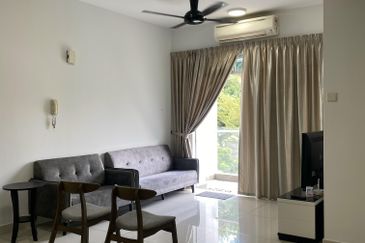
Saville @ The Park
Pantai Dalam/Kerinchi, Kuala Lumpur
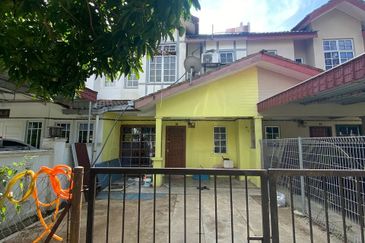
Jalan Cakera Purnama 12/19
Bandar Puncak Alam, Selangor
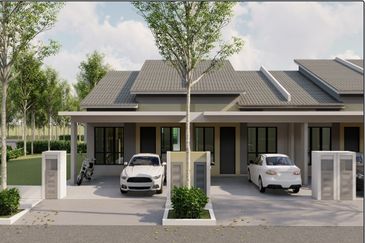
Bandar Baru Kuala Selangor
Kuala Selangor, Selangor
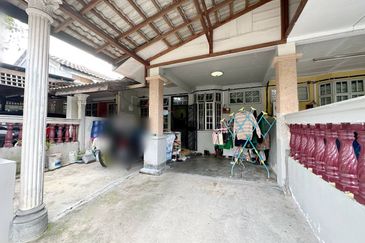
Bandar Puncak Alam
Bandar Puncak Alam, Selangor

